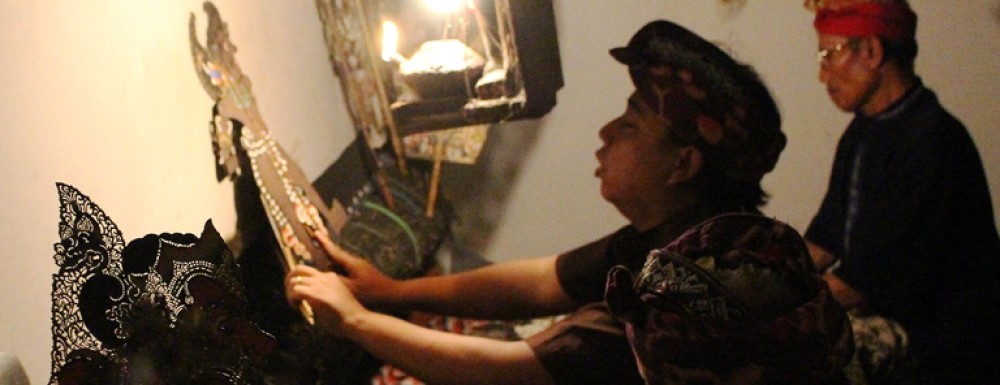TEXT BY GEOFF VIVIAN
from Artseen May 2000
I have just found something I wrote in 2000, as part of a review of an exhibition by Albany artist Shaaron du Bignon:
“… much post-modern art becomes the willing tool of the mighty. To give one example, Rupert Murdoch was able to set up his Sky-TV channels using almost unlimited free material from MTV video makers. The fact that they borrowed heavily on performance art, itself a derivative of Dada, is rarely mentioned. Dada was all about deconstructing authority. Its grand daughter, MTV, has become an unwitting and foolish accessory to unmitigated power.”
I must have been an opinionated art critic! To read more go to Judith McGrath’s Artseen or click below.
Paintings by SHAARON DU BIGNON
6th -18th May, 2000 at VANCOUVER ARTS CENTRE
Reviewed by Geoff Vivian
I don’t know if, like me, you have memories of those school maths problems that ended in the phrase “show all working”. The teacher really did want to see evidence of the process by which we arrived at our answers. Much of our adult endeavour seems to demand the opposite: a finished product that betrays nothing of the work behind it. The degree to which work of any kind can conceal its making is often the extent to which it becomes a successful repository for myth (1).
Painting has had a fairly long history now of showing at least some of its working. Varying modes of what we now loosely term deconstruction were undertaken with light and colour (Impressionism), form and movement (Cubism, some Futurism, Purism), paint itself (Abstract Expressionism) and so on, to the point where a painting in any of these modern styles is as acceptable now to the unschooled eye as a soignée Nineteenth Century salon painting.
However there has been a parallel and perhaps less obvious tradition of deconstructing values, attitudes and dominant ideas of right and wrong. As a project of modern art, this strategy met with less apparent success, perhaps because it tended to lack intellectual rigour (2). On the one hand the taking apart of values erred on the side of self-indulgence (Dada and Surrealism) and at the other extreme, of telling people what to think (Social Realism).
The latter trend has been all too apparent in the last half dozen years. Much recent art that purports to be critical or challenging shows little more than the nervous aspirations of young artists, dutifully recording whatever they have been instructed to show distress about. The idea is to risk as little as possible while gaining maximum approval. Hey, don’t take chances, you might be wrong!
Eight pages of the flower arranging book have been partly reproduced as paintings on large panels, with varying degrees of finish. The Rogers’s book is both a practical guide to a complex art, and a record of the way that its women readers were encouraged to show no evidence of their intellect or craft. Du Bignon, by contrast, makes no great display of painterly virtuosity. Once each painting makes its point, she stops work. Grid lines, numbers and gesso ground are apparent on many of the works, and mirror the pencil lines she has carefully ruled over the books illustrations.
As a further attempt to “show all working”, du Bignon displays the book itself in the exhibition, and visitors are encouraged to flick through its pages to find the picture and text that inspired each painting. In so doing, we may ponder on a larger question that this exhibition poses: in revealing the workings of her intellect, in challenging the seamless notion of ‘feminine mystique’, does a woman become truly transparent and knowable? Really and truly?
Perhaps, if and when we are more comfortable with our own complexity, we will come to accept our own ambiguity. In so doing we may then be more at ease with the real mysteries of our being, and less inclined to go inventing false ones. In the meantime, exhibitions like this one remain scarce.
(1) I will try to illustrate this assertion with an example. Some years ago Carol Rudyard made a sculpture and video installation that focussed on the bathroom as a site for such myth making. Using a carefully re-created vanity basin and mirror, complete with potted fern and gold taps, she projected many minutes of views of the installation, with voice-overs of sensuous bath-house tales by Marcel Proust. At a particularly poignant moment the scene shifted to a cut-away still of the plumbing under the bench. At this point, where the workers’ mind became evident, the myth was lost.
(2) Or lasting moral conviction. In this way much post-modern art becomes the willing tool of the mighty. To give one example, Rupert Murdoch was able to set up his Sky-TV channels using almost unlimited free material from MTV video makers. The fact that they borrowed heavily on performance art, itself a derivative of Dada, is rarely mentioned. Dada was all about deconstructing authority. Its grand daughter, MTV, has become an unwitting and foolish accessory to unmitigated power.
